How to Customize AI Product Images for Eco-Conscious Consumers Around the World
 Cynthia
CynthiaWith global green consumption rapidly on the rise, “eco-friendly” is no longer just a brand slogan—it’s a major purchase driver. Especially on visual-first e-commerce platforms, the ability to immediately convey a sense of sustainability, naturalness, and environmental credibility can make or break the click-through and conversion rate.
This blog, based on Pic Copilot’s template system, explores how to tailor AI-generated product visuals for eco-conscious global audiences. From visual psychology and product context to embedded information and regional certification preferences, we’ll guide you through packaging details, material composition, user scenes, and trust-building strategies that resonate with today’s green buyers.
1. Why Eco Product Images Need to Be Clear and Intentional
1.1 Eco Buyers Balance Logic and Emotion
Green-minded shoppers make decisions that combine emotional resonance with rational evidence. That means visuals must: - Highlight ingredient origin, certifications, and sustainability claims - Evoke a clean, gentle, natural feeling through layout and lighting
The key is balanced information density: - Not too dry like a manual - Not just a “vibe” photo either
Use Pic Copilot’s “Eco Info Template” or “Green Material Showcase” to blend facts and feel into layered, compelling images.
1.2 Global Green Certifications Vary
Each region has different visual preferences: - US: favors “non-toxic,” “organic,” with bright light and white space - Europe: focuses on “carbon footprint,” “recycled packaging,” and sourcing transparency - Japan/Korea: prefer minimal design, fragrance-free cues, and quiet visuals
Pic Copilot supports translatedgreen tags, localized background styles, and country-specific certification overlays.
2. How to Visually Reinforce the “Sustainable” Concept
2.1 Highlight Packaging and Material Details
Green products must look the part:
- Show close-ups of kraft paper, glass bottles, compostable starch film
- Overlay badges for “biodegradable,” “plant-based,” “recyclable ink”
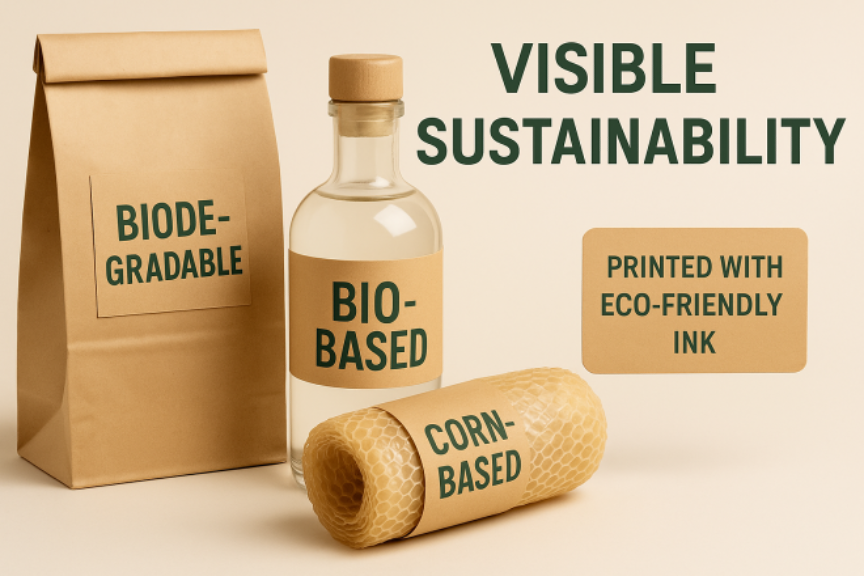
Use the “Packaging Detail” template to break out angles and icons clearly.
2.2 Use Natural Light + Minimal Background for a Clean Feel
Low-saturation colors and natural textures send a subtle but strong message:
- Wooden tables, linen cloth, stone surfaces, white walls
- No clutter; keep it warm and honest
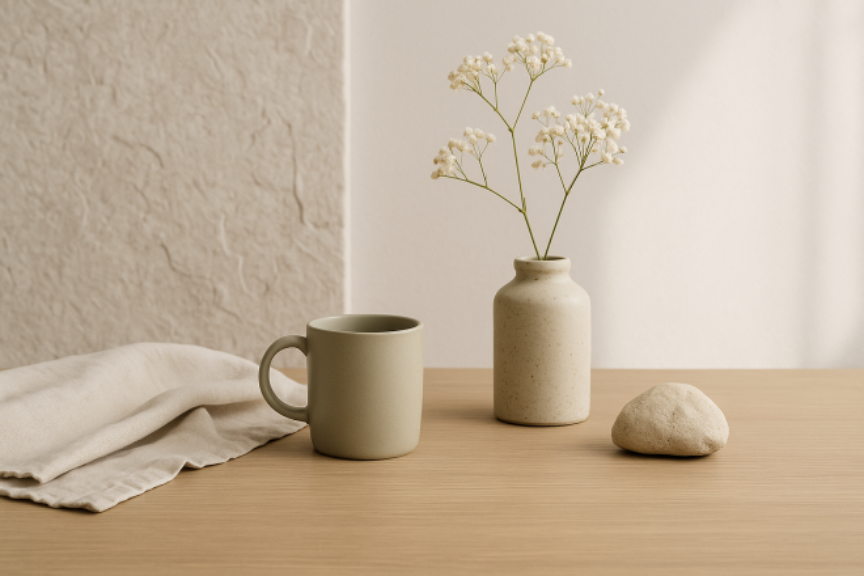
Try “Natural Light” templates and the “Sustainable Color Palette” kit to quickly build the right mood.
3. Building Everyday Context for Eco Products
3.1 Show Eco-Friendliness as Part of Daily Life
Don’t isolate the product—place it in a real setting:
- Laundry detergent next to the washer
- Bamboo lunch box on a sunny breakfast table
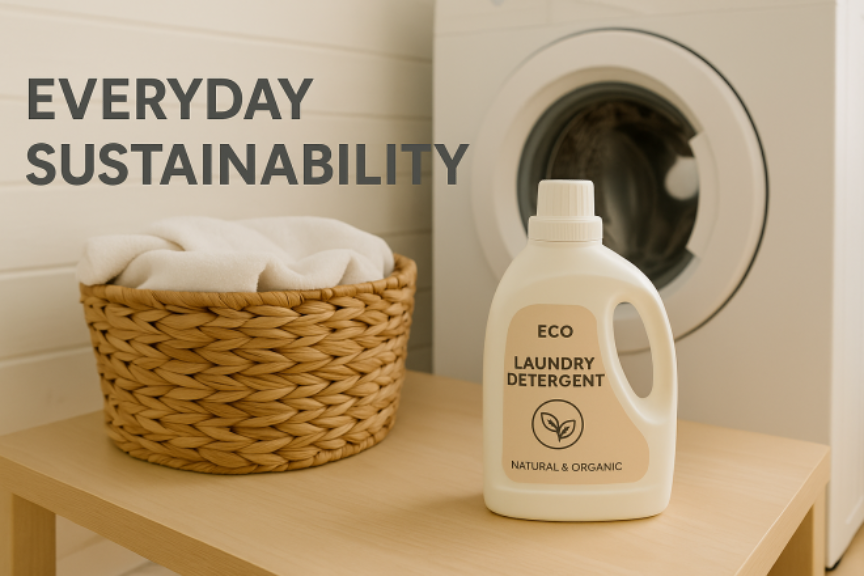
“Lifestyle Scene” templates help place products in cozy, relatable spots.
3.2 Emphasize In-Use Moments
Motion tells the story better than staging:

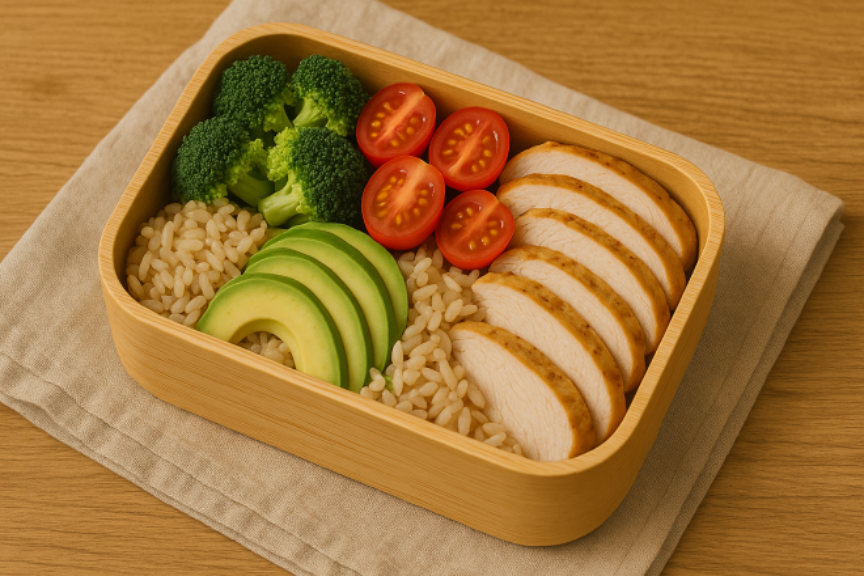
Use “Action Templates” to visualize cause and effect, not just the object.
4. Structuring Info to Build Trust, Not Anxiety
4.1 Simplify the Message
Avoid info overload—eco consumers often worry about authenticity or complexity:
- Use layered tags, not overwhelming jargon
- Break down product journey into clear steps: “Ingredients → Processing → Packaging → Disposal”
4.2 Inspire, Don’t Lecture
Instead of guilt-tripping, focus on positive change:
- Show smiles, clean homes, playful children, relaxed couples
- Convey “eco = better experience,” not “eco = sacrifice”
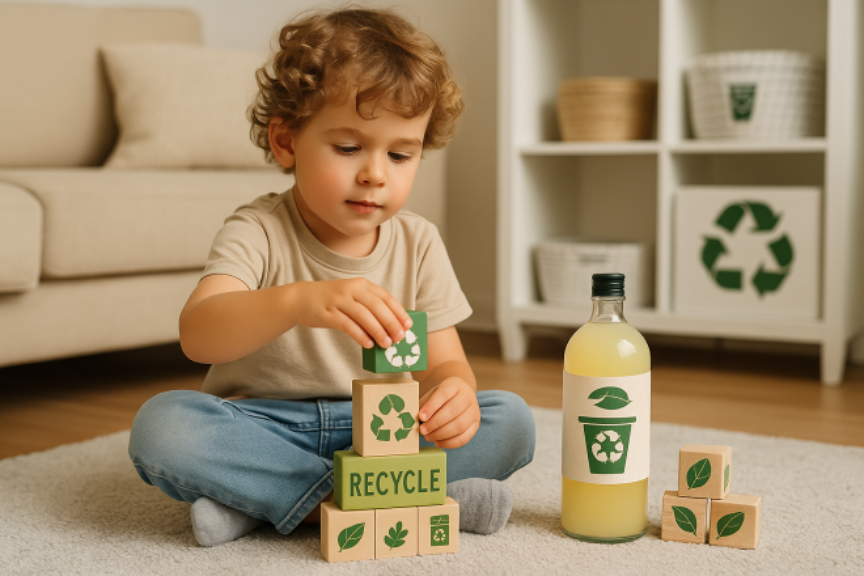
(A child playing with recycled building blocks)

Templates like “Eco Parenting” or “Couple Routine” show happiness, not moral pressure.
5. Balancing Technical Credibility with Emotional Appeal
5.1 Visualizing Complex Tech Simply
Even technical eco products (like enzyme-based cleaners) can look warm and friendly:
- Use diagrams in corners
- Keep the setting homely—not too industrial or sterile
5.2 Capture Harmony with Nature
Scenes like barefoot kids, forest picnics, or dawn hiking work wonders:
- Prioritize warmth, breathability, and serenity in tone
Use “Outdoor Emotion” or “Natural Harmony” templates to build emotionally rich visuals.
6. Tailoring Visuals for Different Green Buyer Personas
6.1 Minimalist Aesthetic
- Young, urban, design-savvy
- Likes neutral tones, clean spaces, Nordic/Japanese influence
- One clear product focus + lots of breathing space

Use “Minimal Living” templates with soft light and no clutter.
6.2 Science-Driven Rationalist
- Prefers evidence-based messaging
- Wants comparisons, diagrams, and spec overlays

Try “Comparison Visuals” with clear charts and data layers.
6.3 Family-Oriented Emotional Buyers
- Parents, pet owners, safety-first consumers
- Wants reassurance: “safe,” “natural,” “gentle on kids”
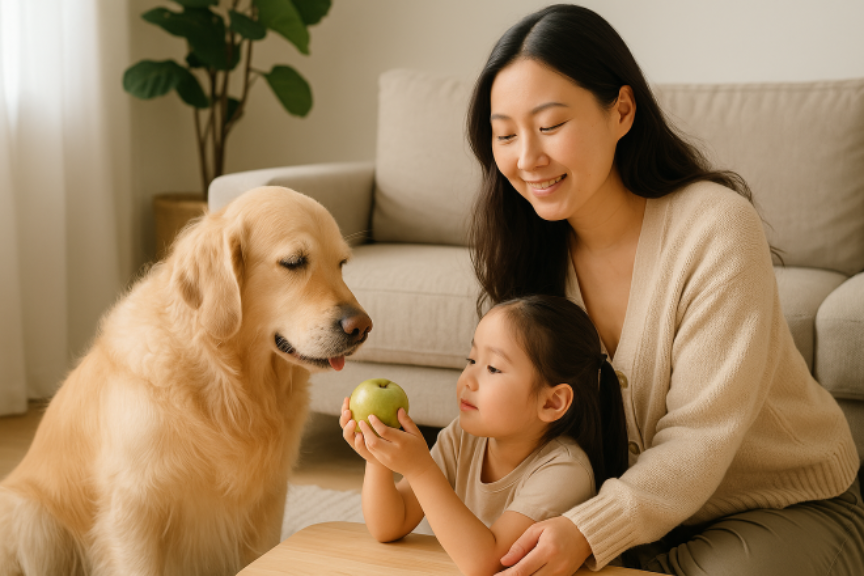
Use “Family Eco Style” templates showing warm light, smiles, and daily routines.
7. Platform Distribution: Consistency with Flexibility
7.1 Lock Core Elements Across All Channels
No matter the platform, ensure:
- Eco-tone brand colors (sage green, kraft brown, soft beige)
- Consistent use of certification icons (FSC, USDA Organic, etc.)
- Repeatable brand taglines embedded in visuals
“Brand Consistency” templates let you lock these as default elements across all exports.
7.2 Adapt Format and Info Hierarchy by Platform
Platform | Visual Priority | Recommended Style |
Emotion first | Lifestyle + filter overlay | |
Amazon | Functionality first | White background + multi-angle shots |
TikTok | Story and rhythm | Collages + hand-drawn elements |
Shopee/Lazada | Mobile + deals | Film filter + price tag integration |
Pic Copilot offers platform-specific layout kits for quick adaptation.
7.3 Handle Language + Culture in Visuals
- “Green” means different things culturally (e.g., “Natural” in Japanese = conservative)
- Translation matters: “Plant-based” = “à base de plantes” in French (gendered language)
- Avoid over-simplified icons that may misrepresent local values
Use the built-in “Multilingual Eco Vocabulary” feature to avoid missteps.
7.4 Prep Images for AI-Driven Ad Engines
- Label product zones, info blocks, and overlays for recognition
- Export with structure-friendly PSD/PNG files
Pic Copilot’s “AI Readable Layouts” preview how visuals will appear in dynamic ads.
8. Future Trends in Eco Visual Strategy
8.1 Photorealistic AI-Generated Eco Scenes
As AI gets better, brands now use high-fidelity renders:
- Cheaper than photography
- Easier to edit by region, season, or language
Pic Copilot’s eco material rendering engine simulates textures like bamboo, recycled cotton, and paper pulp.
8.2 Lifecycle Collages for Full Storytelling
Tell the full green journey:
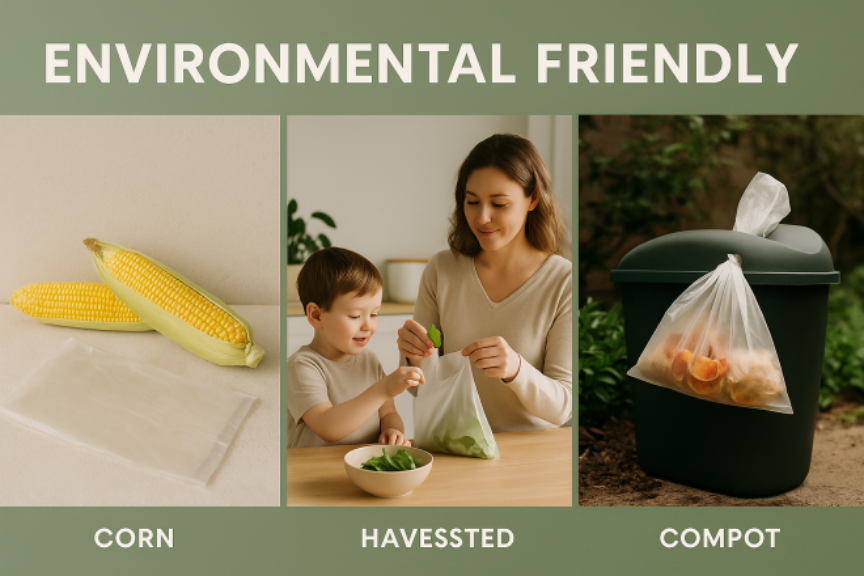
- From raw material → usage → disposal
“Sustainable Journey Collage” templates create 3-stage visuals in one canvas.
8.3 Data-Driven Visuals
Embed green performance:
- Carbon reduction, plastic savings, water efficiency
Import Excel data to generate warm, readable infographic visuals with eco metrics.
8.4 Mixed Media Visuals
Combine: - Photography + sketch frames + handwritten notes - Icons for circularity, reuse, biodegradability
“Mixed Media Story” templates support smart overlay blending.
8.5 Video-Friendly Image Assets
Design images to convert into videos: - Pre-slice scenes (e.g., home → outdoor → compost site) - Animate layers for TikTok or Amazon A+ short form
“Image to Video” pipeline templates allow for rapid motion conversion.
9. Green Visuals Aren’t Just Symbols—They’re a Language
9.1 Build Brand Trust Through Consistency
Truly eco-conscious brands don’t use green elements as decoration. Instead, they use them as part of a lasting visual identity: - From hero images to packaging to support visuals - With defined guides for tone, type, and color
Pic Copilot supports saving visual identity kits for consistent outputs.
9.2 Inspire Action, Not Just Awareness
The goal is not only to communicate values, but to encourage action: - Highlight benefits: health, elegance, ease - Offer actions: recycling, return bonuses, QR code tutorials
9.3 AI Empowers Small Brands to Compete
AI tools level the playing field: - One-click cultural adaptation - Built-in translation - Fast A/B testing and optimization
Green design is now accessible to all brands—not just those with big budgets.
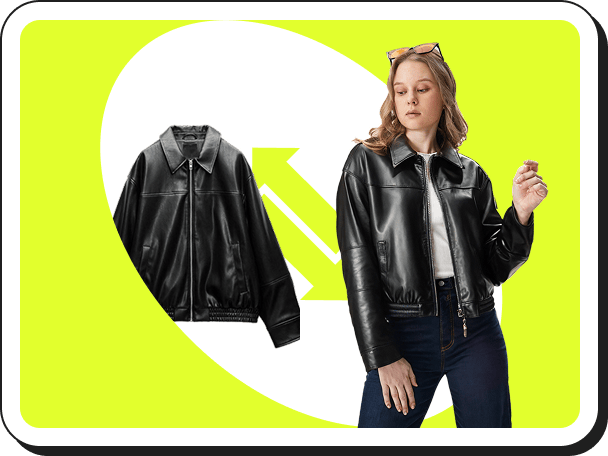 Virtual Try On
Virtual Try On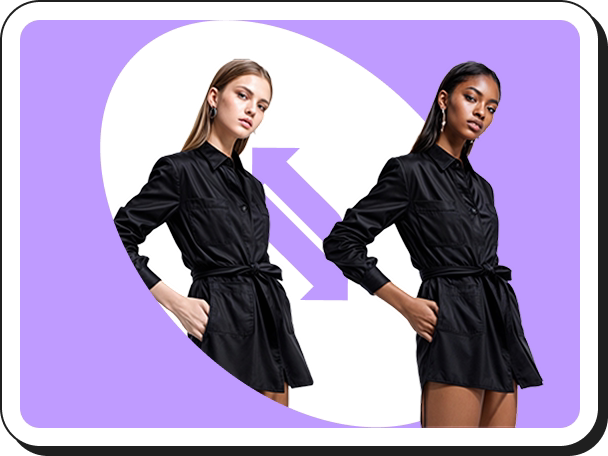 AI Model Swap
AI Model Swap Fashion Reels
Fashion Reels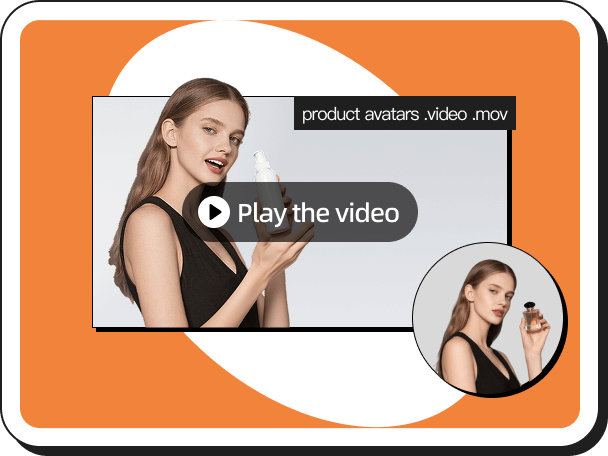 Product Avatars
Product Avatars Product AnyShoot
Product AnyShoot Virtual Try On Accessories
Virtual Try On Accessories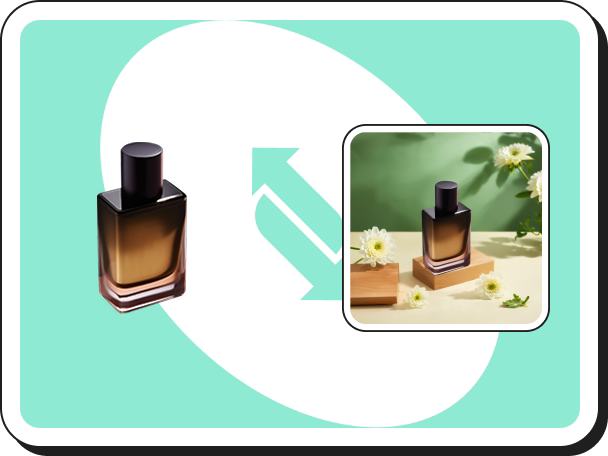 AI Backgrounds
AI Backgrounds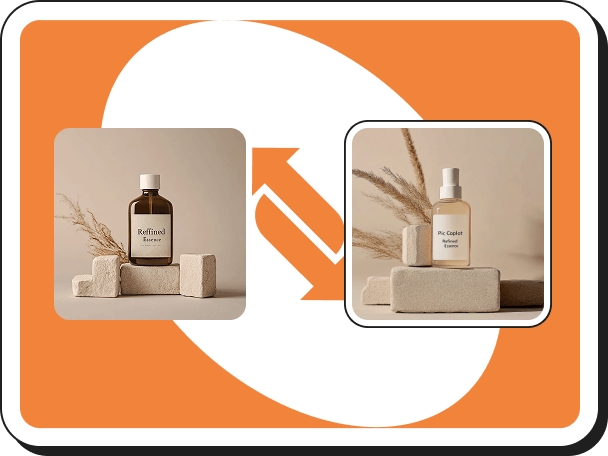 Style Clone
Style Clone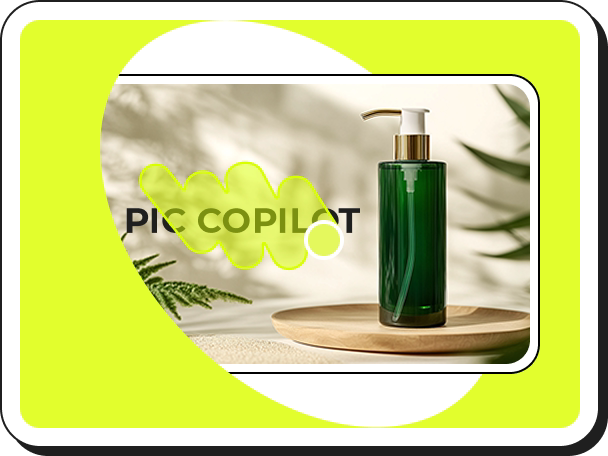 Remove Watermark
Remove Watermark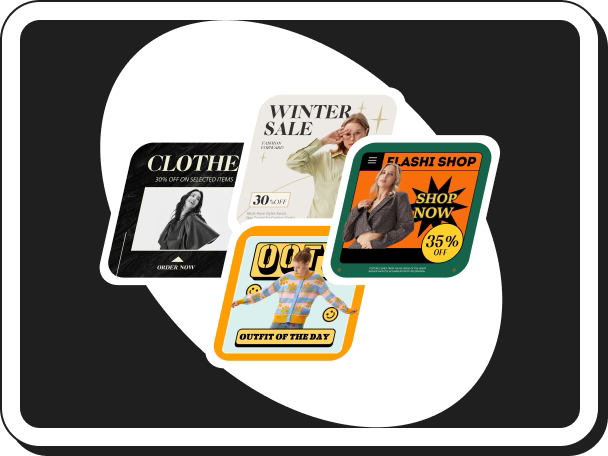 AI Templates
AI Templates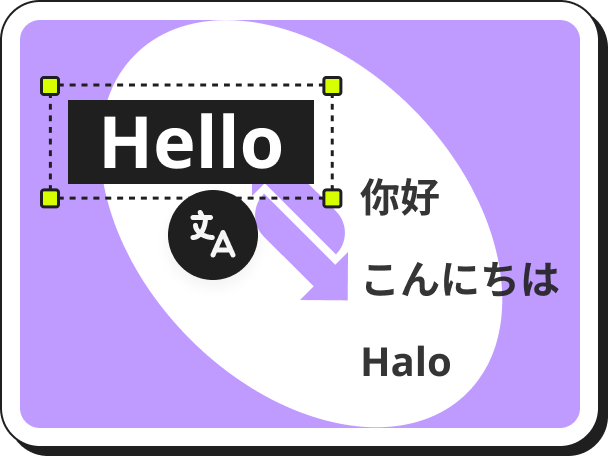 Image Translator
Image Translator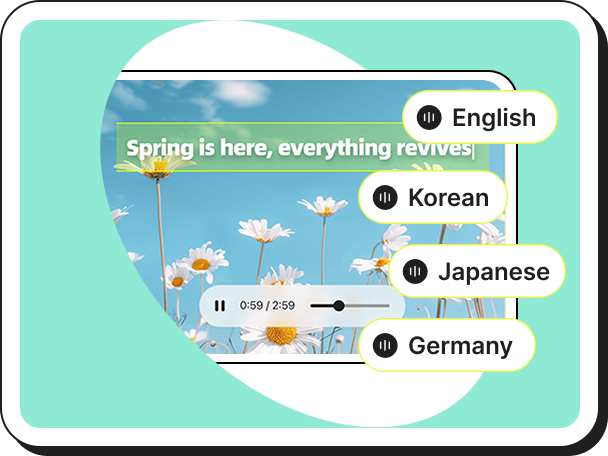 AI Dubbing
AI Dubbing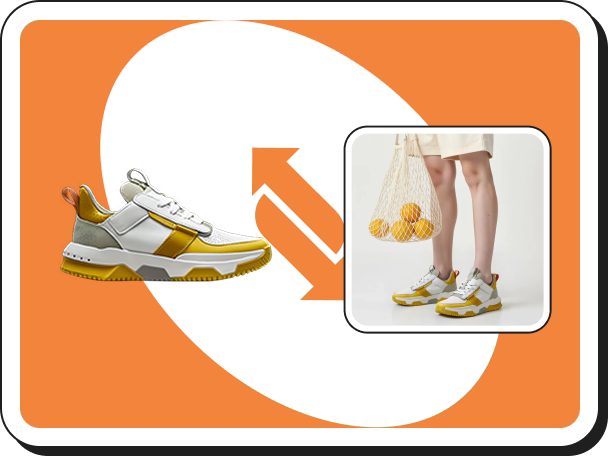 Virtual Try On Shoes
Virtual Try On Shoes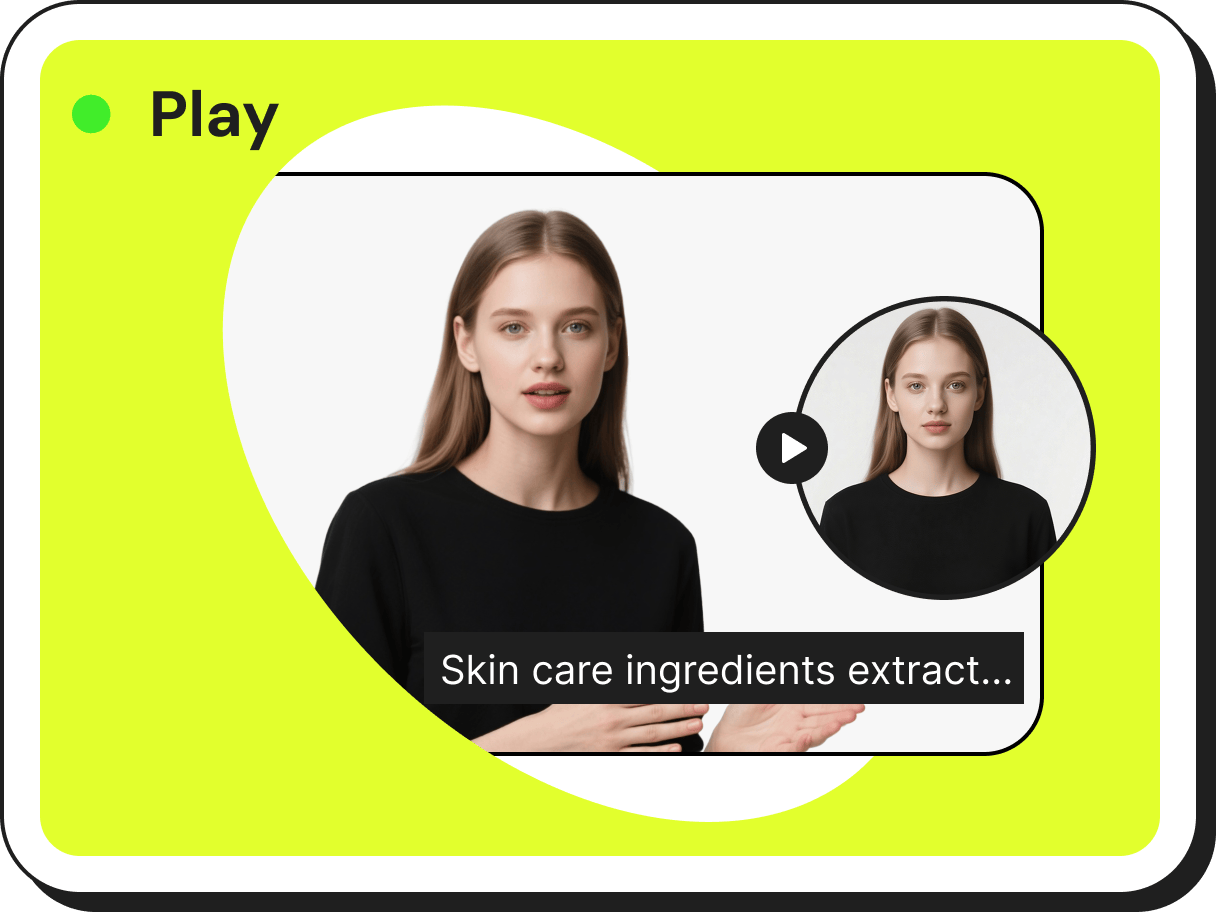 AI Avatars
AI Avatars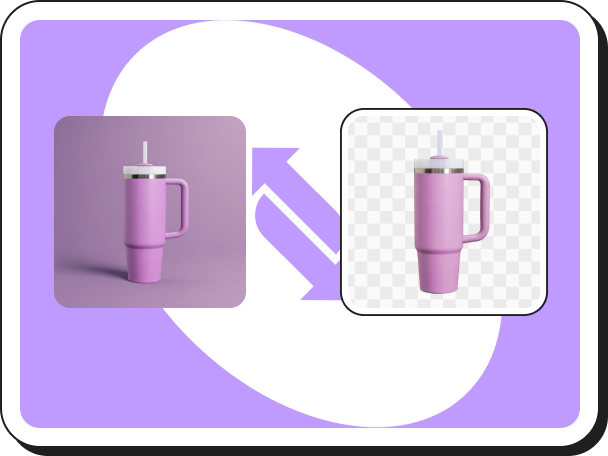 Background Remover
Background Remover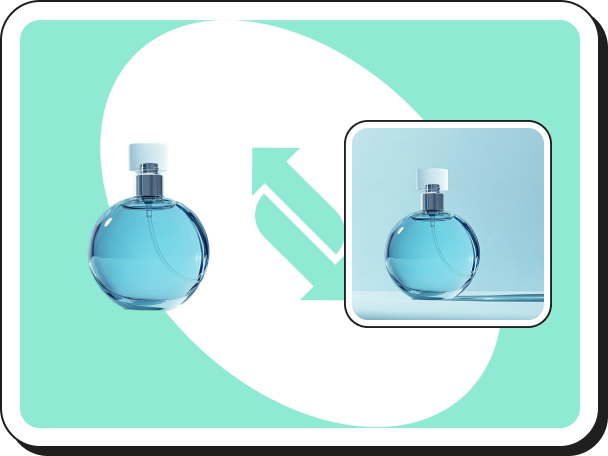 AI Shadows
AI Shadows Image Upscaler
Image Upscaler Image Enhancer
Image Enhancer